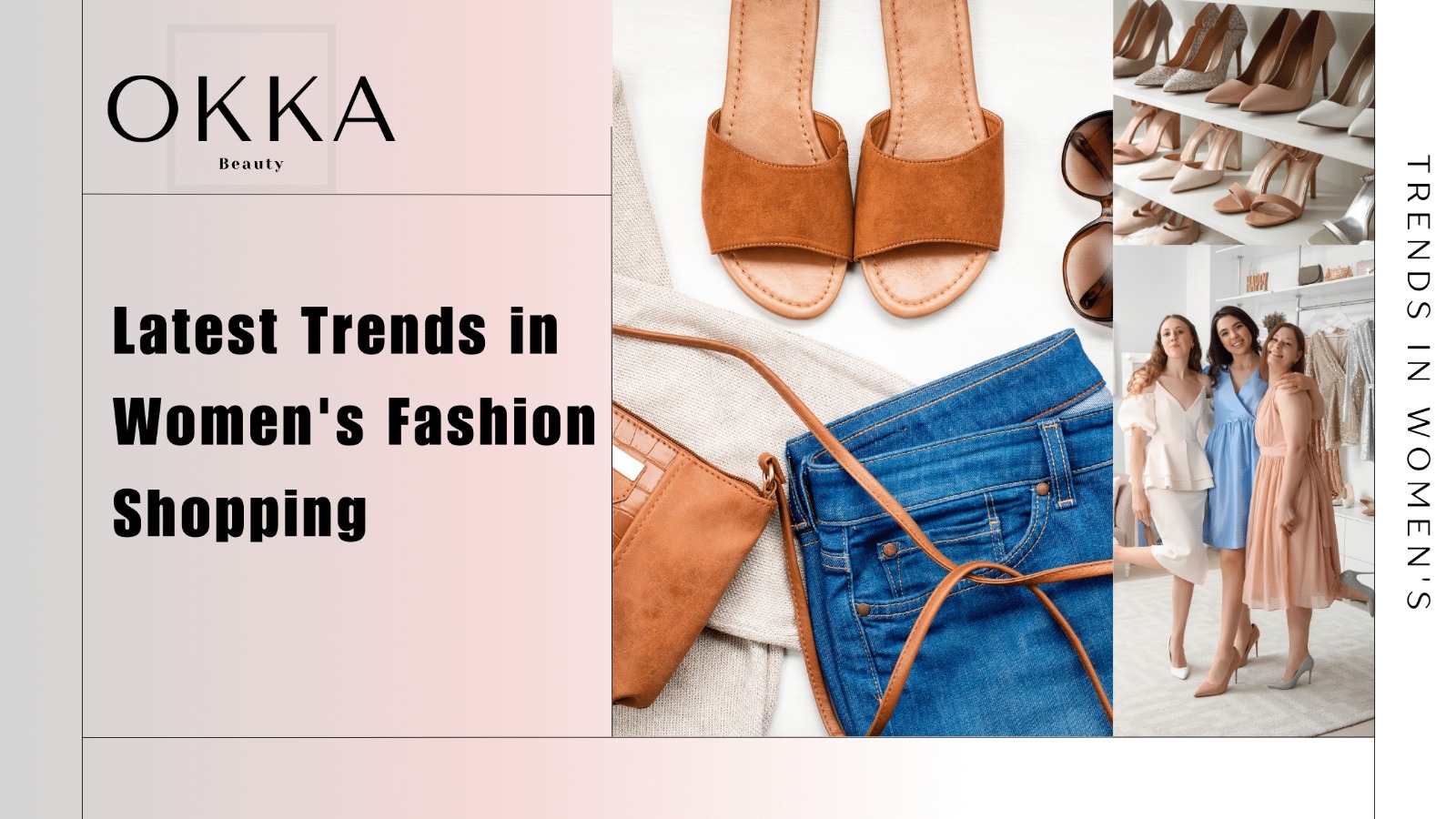Introduction
The dynamic world of fashion trends are constantly evolving, reflecting the ever-changing preferences and lifestyles of modern women. From sustainable fashion initiatives to the integration of technology, the landscape of women’s fashion shopping is undergoing a remarkable transformation. In this blog post, we explore the latest trends shaping the way women shop for clothes, accessories, and beyond.
Sustainable Fashion Revolution:
As awareness of environmental and social issues continues to grow, so does the demand for sustainable fashion options. Women are increasingly prioritizing ethically sourced materials, eco-friendly production methods, and transparent supply chains when making purchasing decisions. Brands that embrace sustainability are gaining traction, offering stylish yet environmentally conscious clothing that resonates with the values of conscientious consumers.
Rise of Slow Fashion Movement:
In contrast to fast fashion’s emphasis on rapid production and consumption, the slow fashion movement advocates for mindful consumption, quality over quantity, and timeless designs. Women are gravitating towards investment pieces that stand the test of time, favoring classic silhouettes, versatile basics, and durable materials. By embracing slow fashion principles, shoppers are not only reducing their environmental footprint but also cultivating a more curated and meaningful wardrobe.
Digital Transformation of Retail:
The advent of technology has revolutionized the way women shop for fashion, blurring the lines between online and offline experiences. From virtual try-on tools and augmented reality fitting rooms to personalized recommendations and seamless checkout processes, digital innovations are enhancing the convenience and accessibility of online shopping. Women can now browse, try on, and purchase their favorite styles from the comfort of their homes, tapping into a global marketplace with endless possibilities.
Inclusive Sizing and Representation:
In recent years, there has been a concerted effort to promote inclusivity and diversity within the fashion industry, particularly regarding sizing and representation. Women of all shapes, sizes, and backgrounds are demanding more inclusive sizing options, body-positive messaging, and diverse representation in advertising and marketing campaigns. Brands that embrace inclusivity not only cater to a broader customer base but also foster a sense of empowerment and acceptance among women of all identities.
Fashion Rental and Sharing Economy:
With sustainability in mind, many women are embracing the concept of fashion rental and the sharing economy. Instead of purchasing new clothing for every occasion, they opt to rent designer pieces for special events or subscribe to clothing rental services for everyday wear. By sharing and circulating garments, women can access a wider range of styles without contributing to textile waste or overconsumption, making fashion more accessible and affordable for all.
Emphasis on Comfort and Versatility:
The global shift towards remote work and casual lifestyles has prompted a renewed emphasis on comfort and versatility in women’s fashion. From loungewear and athleisure to hybrid workwear styles, women are seeking clothing that effortlessly transitions between home, office, and leisure activities. Comfortable fabrics, functional designs, and relaxed silhouettes have become key considerations for women prioritizing comfort without compromising on style.
Personalized Shopping Experiences:
With advancements in data analytics and artificial intelligence, personalized shopping experiences are becoming increasingly prevalent in the world of women’s fashion. From tailored product recommendations based on past purchases and browsing history to virtual styling sessions and customized clothing subscriptions, women can enjoy a more personalized and curated shopping journey. By understanding their unique preferences and style preferences, brands can foster stronger connections with their customers and enhance loyalty.
Popularity of Niche and Independent Brands:
In a departure from mass-produced fashion, women are gravitating towards niche and independent brands that offer unique, artisanal creations with a distinct point of view. These emerging designers and small-scale labels often prioritize craftsmanship, creativity, and individuality, providing women with an opportunity to express their personal style and support independent artisans and creators.
Conscious Consumerism and Mindful Spending:
As consumers become more discerning and conscious of their purchasing habits, there is a growing trend towards mindful spending and conscious consumerism in women’s fashion shopping. Women are questioning the true cost of fast fashion, considering factors such as ethical production practices, fair labor standards, and the longevity of garments. By investing in quality pieces that align with their values and lifestyle, they are redefining their relationship with fashion and embracing a more mindful approach to consumption.
Community and Social Shopping:
Lastly, the rise of social media platforms and online communities has transformed the way women discover, share, and shop for fashion. From influencer collaborations and peer recommendations to virtual shopping parties and interactive livestreams, social shopping experiences are fostering a sense of community and connection among fashion enthusiasts. Women can engage with like-minded individuals, seek inspiration, and discover new brands and trends in a collaborative and interactive environment.
Conclusion
The latest trends in women’s fashion shopping reflect a multifaceted landscape characterized by sustainability, technology, inclusivity, and personalization. By embracing these trends, women can make informed choices, express their individuality, and contribute to a more ethical, inclusive, and innovative fashion industry. As the world of fashion continues to evolve, one thing remains certain: the power of women to shape the future of fashion is limitless.

